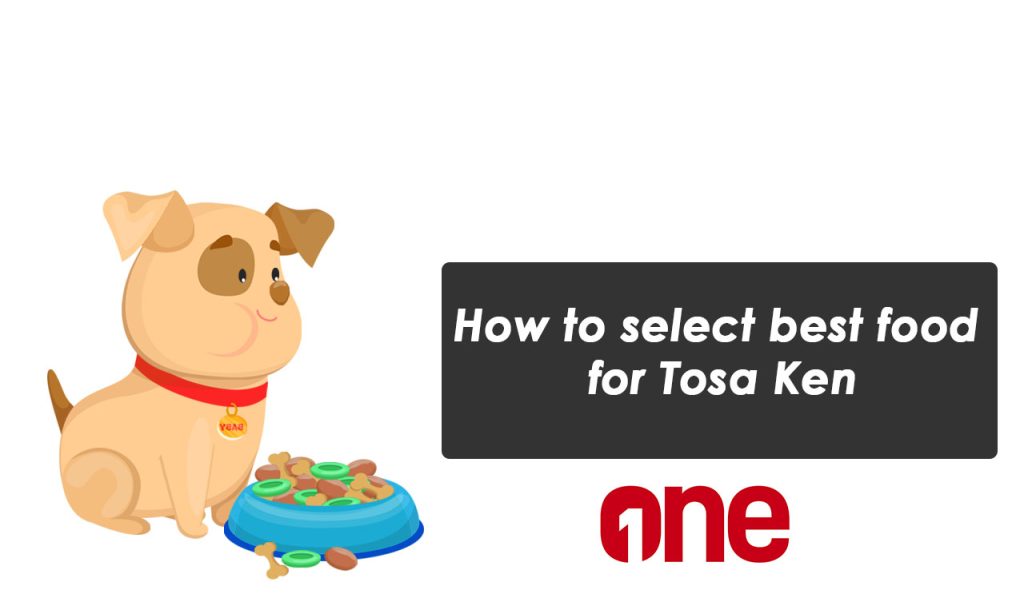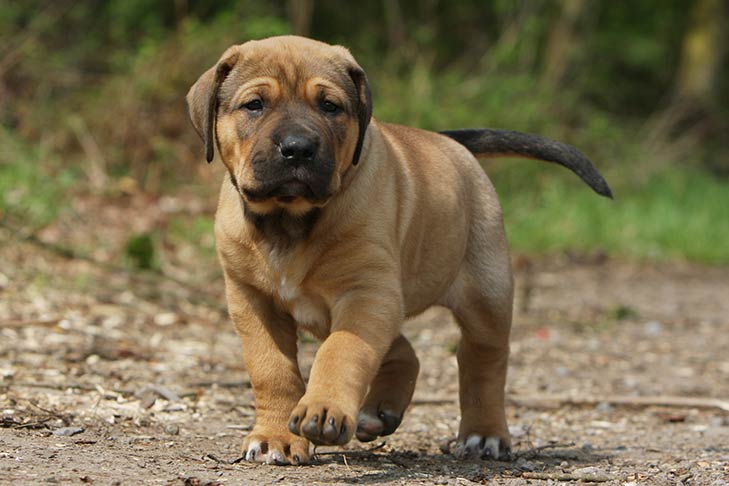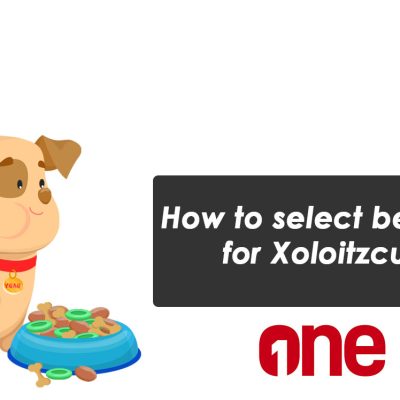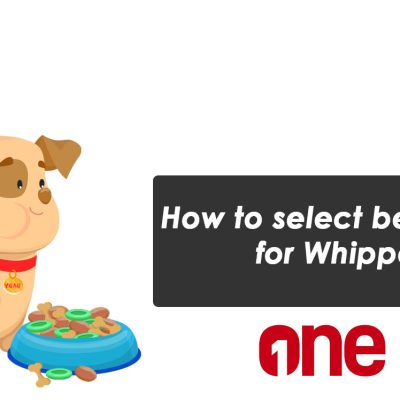
As a proud owner of a majestic Tosa Ken, you know these gentle giants have specific dietary needs to maintain their robust health and imposing stature. Selecting the right food can be ruff-ing, with countless options vying for your attention (and your pup’s appetite). But fear not, my furry friend, for I shall guide you through this culinary minefield, helping you make a choice that will have your Tosa Ken’s tail wagging with delight.

The Tosa Ken: A Breed Apart
Before we dive into the nitty-gritty of nutrition, let’s take a moment to appreciate the grandeur of the Tosa Ken breed. Originating from the Tosa Province of Japan (now known as Kochi Prefecture), these canine colossi were originally bred for dogfighting—a practice now rightfully outlawed, thank dog. Today, they are beloved companions, known for their unwavering loyalty, calm demeanor, and an appetite that could put a bear to shame.
Speaking of appetites, have you ever witnessed a Tosa Ken eating? It’s like watching a vacuum cleaner in action, only slightly less graceful and significantly more adorable. One minute, there’s a full bowl of kibble; the next, you’re left wondering if you imagined the whole thing. It’s a sight to behold, and a testament to the importance of providing these gentle giants with a diet that can keep up with their prodigious hunger.
Nutritional Needs of the Tosa Ken
Now, let’s get down to brass tacks. What should you be looking for in a Tosa Ken’s diet? Well, for starters, these big beauties require a diet rich in high-quality protein to maintain their impressive muscle mass. Whether you opt for a commercial dog food or prepare meals at home, ensure that the protein source is derived from lean meats, fish, or plant-based alternatives.
But protein alone won’t cut it—your Tosa Ken needs a well-rounded diet that includes:
- Healthy fats: Essential for skin and coat health, as well as energy production.
- Complex carbohydrates: Provide sustained energy and fiber for proper digestion.
- Vitamins and minerals: Support overall health, growth, and development.
It’s also crucial to consider your Tosa Ken’s age, activity level, and any specific dietary needs or sensitivities. A growing puppy, for instance, will have different nutritional requirements than an adult or senior dog.
Choosing the Right Commercial Food
For many pet owners, the convenience of commercial dog food is hard to beat. But with so many options on the market, how do you separate the kibble from the chaff? Here are a few tips:
- Read the label: Look for a statement from the Association of American Feed Control Officials (AAFCO) indicating that the food meets nutritional requirements for your Tosa Ken’s life stage.
- Opt for high-quality protein sources: Lean meats, fish, or meat meals should be listed among the first few ingredients.
- Avoid fillers and by-products: Steer clear of ingredients like corn, wheat, and animal by-products, which offer little nutritional value.
- Consider special needs: If your Tosa Ken has allergies or sensitivities, look for grain-free or limited-ingredient formulas.
And remember, just because a food is more expensive doesn’t necessarily mean it’s better. Sometimes, the priciest option is just a fancy way of saying “overpriced kibble.” Trust your instincts (and your Tosa Ken’s appetite) when making your selection.
The Homemade Route
For those who prefer a more hands-on approach, homemade diets can be a great option for your Tosa Ken. But be warned: this path requires careful planning and dedication to ensure your furry friend receives all the necessary nutrients.
When preparing homemade meals, consider including:
- Lean proteins: Chicken, turkey, beef, fish, or eggs.
- Complex carbohydrates: Brown rice, sweet potatoes, or whole-grain pasta.
- Healthy fats: Olive oil, coconut oil, or fish oil.
- Vegetables: Spinach, carrots, green beans, or pumpkin.
It’s also essential to supplement homemade diets with vitamins and minerals to prevent deficiencies. Consult with your veterinarian or a canine nutritionist to ensure you’re meeting your Tosa Ken’s specific dietary needs.
And let’s not forget the importance of portion control. While it’s tempting to indulge your furry buddy’s insatiable appetite, overfeeding can lead to obesity and related health issues. Follow recommended serving sizes based on your Tosa Ken’s weight, age, and activity level.
Treats and Snacks: Moderation is Key
No discussion of canine cuisine would be complete without mentioning treats and snacks. Let’s be honest, we all love spoiling our pups with the occasional indulgence. But when it comes to Tosa Kens, moderation is crucial.
Opt for healthy, low-calorie treats like:
- Fresh fruits and vegetables
- Lean meat or fish jerky
- Dental chews or bully sticks
And remember, treats should make up no more than 10% of your Tosa Ken’s daily calorie intake. After all, you don’t want your gentle giant turning into a not-so-gentle giant, do you?
The Proof is in the Poop
Okay, I know what you’re thinking: “Did they really just go there?” Yes, my friends, I did. Because when it comes to evaluating the effectiveness of your Tosa Ken’s diet, their poop can be a valuable indicator.
A well-balanced diet should result in firm, consistent stools that are easy to pick up (not that I’m volunteering for that duty). If you notice loose or overly smelly stools, it could be a sign that something in their diet needs adjusting.
Of course, if you have any concerns about your Tosa Ken’s digestive health, it’s always best to consult with your veterinarian. They’re the real experts when it comes to doggy doo-doo (sorry, I couldn’t resist).
Conclusion
Selecting the best food for your Tosa Ken is no small feat, but with a little guidance and a lot of love, you can ensure your furry companion gets the nourishment they need to thrive. Remember, a well-balanced diet is key to maintaining their impressive physique, boundless energy, and that oh-so-adorable appetite.
So, go forth and conquer the world of canine cuisine, armed with the knowledge and confidence to make the best choices for your Tosa Ken. And if you ever find yourself overwhelmed by the options, just remind yourself: at the end of the day, it’s all about keeping your furry friend happy, healthy, and well-fed (but not too well-fed, of course).
FAQs
- Can Tosa Kens eat raw food diets? Yes, raw food diets can be a suitable option for Tosa Kens, provided they are properly balanced and include all necessary nutrients. However, it’s essential to follow strict food safety guidelines and consult with a veterinary nutritionist to ensure your dog’s dietary needs are met.
- How much should I feed my Tosa Ken? The amount of food your Tosa Ken requires will depend on factors such as their age, activity level, and overall health. As a general guideline, adult Tosa Kens may need between 4 and 6 cups of high-quality dog food per day, divided into two or three meals. However, it’s always best to consult with your veterinarian for a more accurate feeding recommendation.
- Can Tosa Kens be vegetarian or vegan? While it is possible to feed Tosa Kens a vegetarian or vegan diet, it requires careful planning and supplementation to ensure they receive all the necessary nutrients, particularly high-quality protein. If you choose to go this route, it’s essential to work closely with a veterinary nutritionist to ensure your dog’s dietary needs are being met.
- Are there any specific ingredients Tosa Kens should avoid? Tosa Kens, like many dogs, may have sensitivities or allergies to certain ingredients. Common culprits include grains (wheat, corn, soy), dairy products, and certain proteins (beef, chicken, or fish). It’s important to monitor your dog’s reaction to different foods and consult with your veterinarian if you suspect any dietary sensitivities.
- How can I transition my Tosa Ken to a new diet? When switching to a new diet, it’s best to do so gradually over a period of 5-7 days. Start by mixing a small amount of the new food with their current diet, gradually increasing the ratio of new food to old food each day. This gradual transition helps prevent digestive upset and allows your dog’s system to adjust to the new food.






